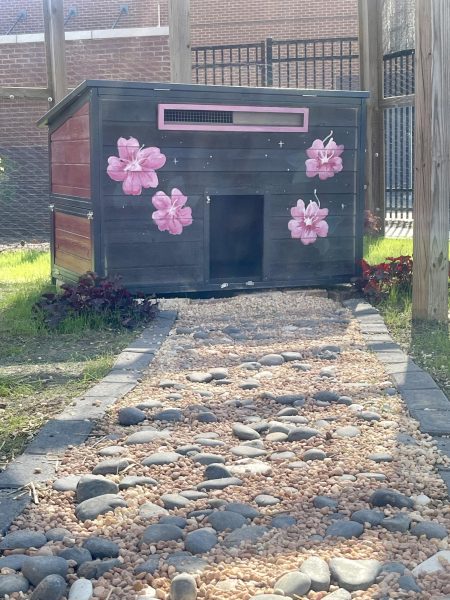Costs and benefits of The Willow Project
Graphic design made by Aynsleigh Penland using Canva’s presentation software
#Stopthewillowproject has been blowing up on social media the past few weeks, in attempts to sway the government’s decision of approving the Willow Project. This project would drill for oil in the National Petroleum Reserve in Alaska. The project would bring many positives, as well as many negatives.
ConocoPhillips, Alaska’s largest crude oil producer, has come up with their version of a temporary solution to a few large issues right now, the Willow Project. According to ConocoPhillips, it would create about 2,500 construction jobs and about 300 long-term jobs. The $8 billion project is estimated by ConocoPhillips to make around $8 – $17 billion. With drilling for oil happening within the US, gas prices would lower significantly because we would no longer have to import and buy as much oil from foreign countries. The Willow Project would also produce around 180,000 barrels of oil, or 7,560,000 gallons, per day. According to Nagruk Harcharek, via the Voice of the Arctic Iñupiat, the people of the Northern Slope are in support of the project. The economic benefits are substantial to its citizens, and they have meticulously planned the project around their environment. “No one knows my homelands better than its original stewards and their descendants,” said Harcharek.
On the other hand, there are major environmental impacts of the Willow Project. In 1923, President Warren Harding established the 23.5 million acres of land as the National Petroleum Reserve, specifically for use by the US Navy. However, in 1976, Congress transferred authority from the Navy to the Department of Interior, requiring maximum protection for the fish, wildlife, and habitat contained in the reserve. According to The National Audubon Society, the reserve is home to about 490,000 different species of animals as well as the largest lake in arctic Alaska, Teshekpuk Lake. The project would disturb wildlife by adding an abundance of noise, traffic, and all sorts of pollution to the ecosystem, including 280 million metric tons of greenhouse gasses to the atmosphere.
The Biden administration is expected to issue a decision on the project as early as a week. They launched a study into the benefits and damages of the Willow Project on Feb. 1. However, no matter the decision, it is expected to be legally challenged.
Your donation will support the student journalists of Fuquay-Varina High School. Your contribution will allow us to purchase equipment and cover our annual website hosting costs.

































